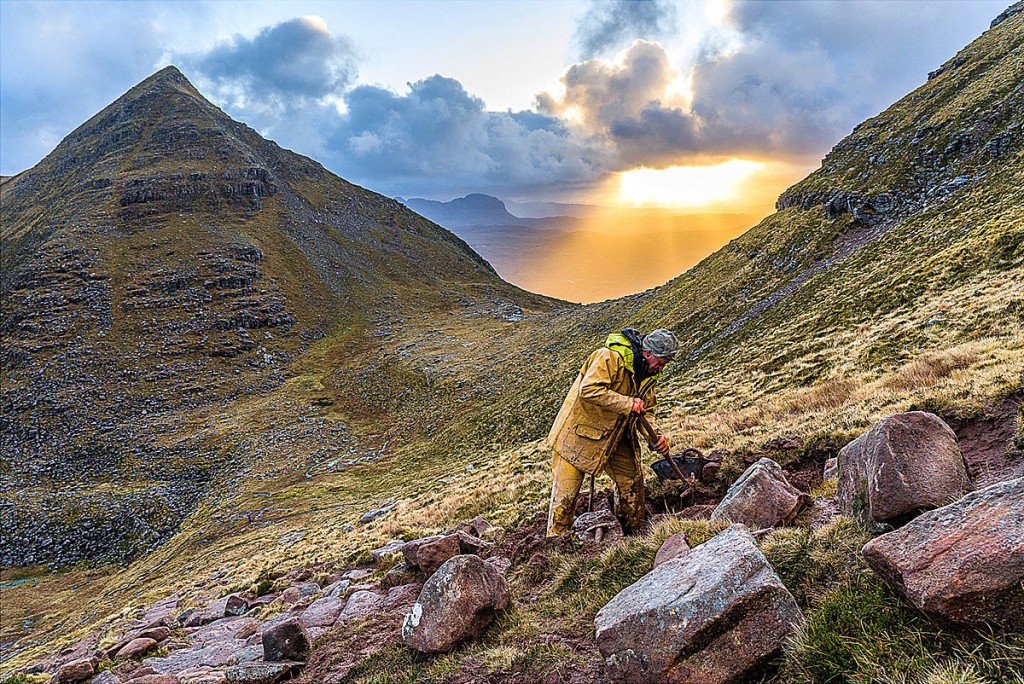A popular path on a Scottish mountain described as a ‘walker’s paradise’ has been restored.
Work completed on Quinag in the north-west Highlands will make the going easier for visitors and reduce damage to the hillside.
The restoration and improvement of a 70m section of the route on a steep section heading towards the mountain’s Sàil Gharbh summit was completed in December.
The John Muir Trust, which owns and cares for the range in Sutherland, said: “Quinag’s accessibility and location on the North Coast 500 route make it a particularly popular hill for walkers, and its footpath has seen an ever increasing footfall in recent years, particularly through the summer of 2020 with increased visitors to the site after the Covid-19 lockdown.”
“Quinag covers 3,699ha of the Assynt-Coigach national scenic area in Sutherland and has been describes as a walker’s paradise with its great views and three distinctive peaks.”
The mountain boasts three corbett peaks: Sàil Gharbh, Sàil Ghorm and Spidean Coinich. The trust said Quinag has an extensive path network which provides access to the summit and stunning views over the peaks and lochans of Sutherland, and beyond. The JMT bought the mountain in 2005.
Romany Garnett, John Muir Trust’s Quinag conservation officer, said: “Airlifting 30 tonnes of stone from the opposite face of the mountain was a mammoth task. But we’re confident that the stone pitching in place now provides walkers with a much safer and more robust route to the summit.
“This isn’t the end of our work though. We have plans in place to continue with a programme of repairs and upgrades as soon as funding allows.”
Lower down the hill, a small team of John Muir Trust staff and volunteers have been working to repair and resurface the beginning section of the stalkers path which had also become eroded and very muddy in places.
The recent path repairs were funded by the National Lottery Heritage Fund, through the Coigach & Assynt Living Landscape Partnership scheme, and John Muir Trust members through the Wild Ways Path Appeal.
The work was undertaken by ACT Heritage and managed by the John Muir Trust.
